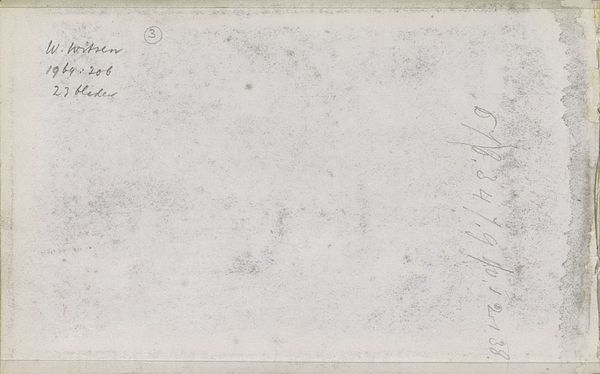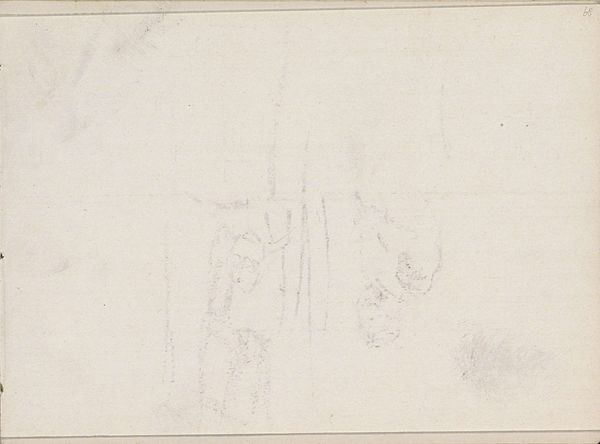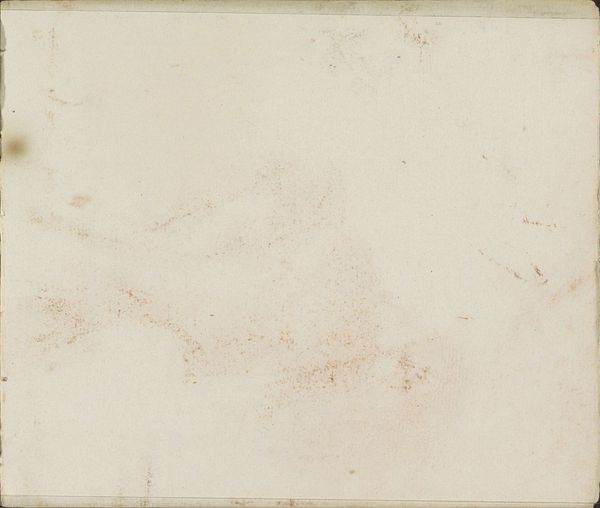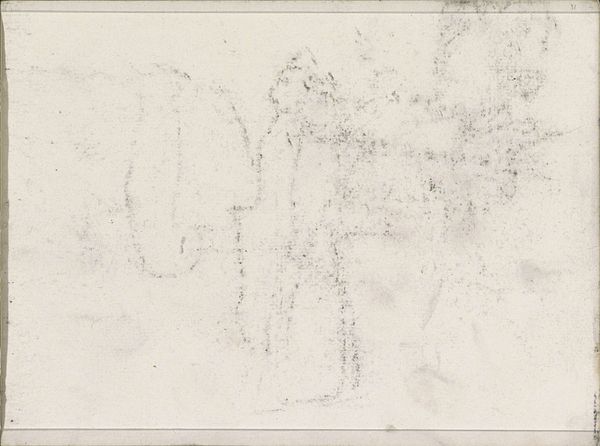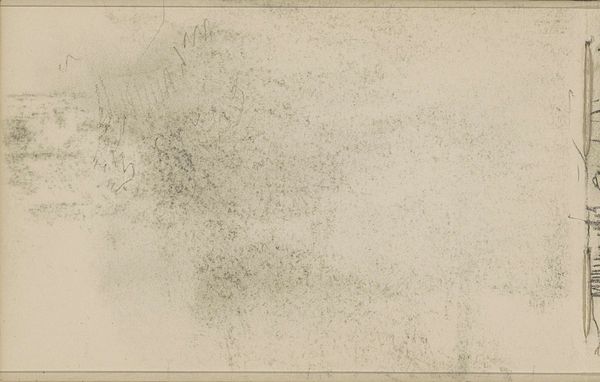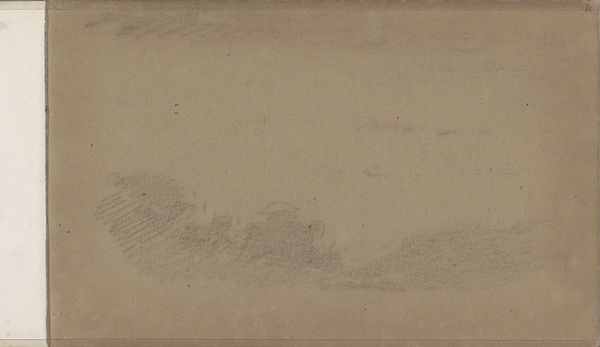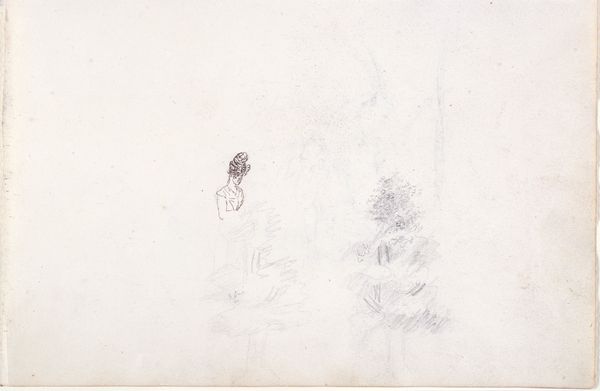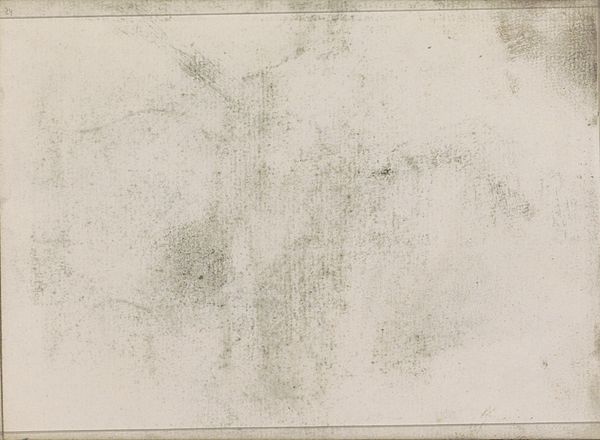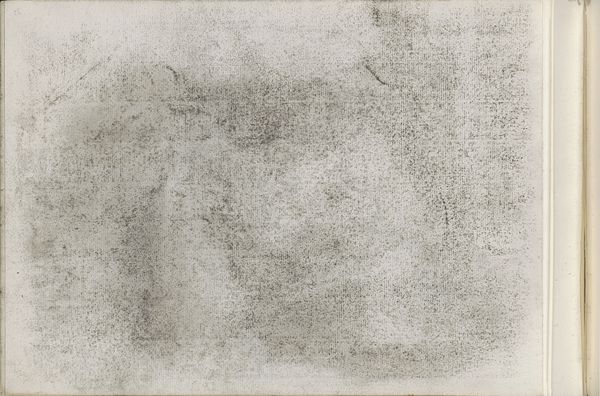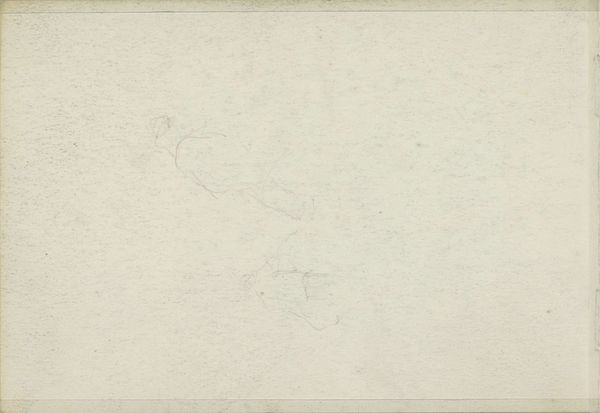
Copyright: Rijks Museum: Open Domain
This offset print on paper is by Isaac Israels, a Dutch artist active in the late 19th and early 20th centuries. It's a reproduction of a chalk drawing, one of many he made as studies. Israels was deeply engaged with representing modern urban life. He moved away from the formal, staged portraiture of the traditional Dutch academy. He took his easel out into the streets of Amsterdam and later Paris and London. He focused on working-class subjects, like seamstresses and laundresses. These were people largely absent from the art establishment at the time. His images offered glimpses into their lives and labor. The Rijksmuseum, like many national museums, plays a role in shaping our understanding of Dutch art history. By collecting and displaying Israels' work, the museum acknowledges the importance of these modern, socially conscious depictions of ordinary life. To fully understand Israels, we need to look at the broader social and economic context of the Netherlands during his time. We can consult historical archives, photographs, and journalistic accounts, to consider the politics of artistic representation. Art history isn't just about aesthetics. It’s about understanding how art reflects and shapes our understanding of society.
Comments
No comments
Be the first to comment and join the conversation on the ultimate creative platform.
